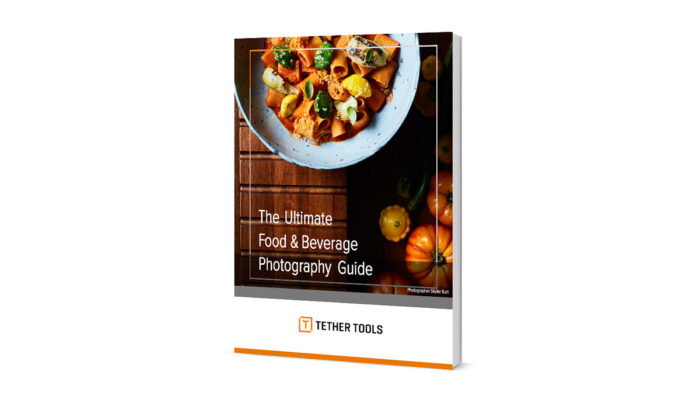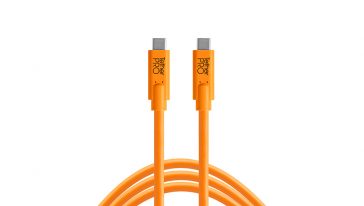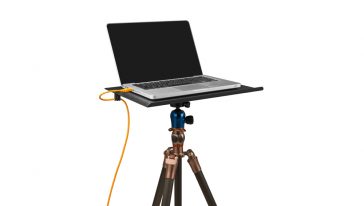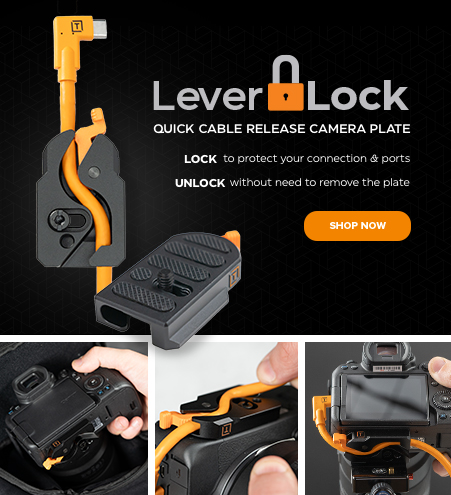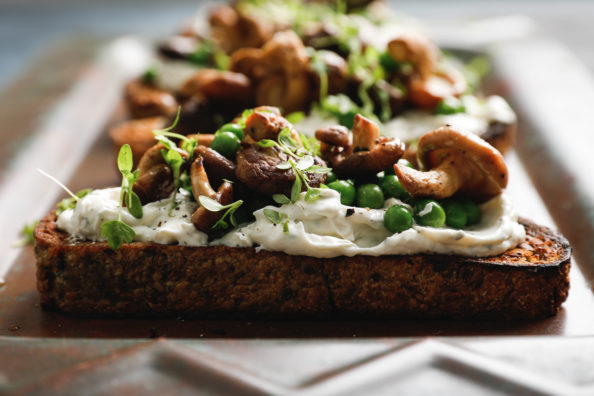
Food is a product—does that make it product photography? Not really. While there’s overlap between the two, food photography and product photography are still pretty different.
It’s true that both commercial product and food images need to get people to do something: buy and eat. But editorial food shoots require a little more art, while product photography is a little more scientific.
What’s the difference between product and food photography?
It’s been said that photography is both art and science, and that’s certainly true when talking about commercial product or food photography.
For a commercial product shot, it’s crucial to show every aspect of the product, even if it’s a lifestyle shot. Consumers want to see every angle of a product to see exactly what they’re getting. Photographers work tirelessly to get precise shots.
But food photography is all about hitting the senses. Your audience doesn’t necessarily have to see every angle of the cheeseburger to want to buy it. They just need to look at that cheeseburger photo and really want to eat that cheeseburger.
The Baker vs. the Cook
As food photographer and author Joanie Simon put it, “Product photography is more calculated, like a baker. Food photography is more free-flowing, like a cook.”
So think of product photography being more like baking, where you have to be very measured, scientific, calculated, and precise to get a very specific-looking result.
Food photography, on the other hand, is like a free-spirited cook, adding in a little of this and a little of that to get that beautifully unique editorial shot that will make people really want to eat that lasagna.
No matter whether you’re getting scientific with an e-commerce product shot or getting creative with a perfectly poached salmon, to get the shot you want more easily and efficiently, you need tethering.
Let’s take a look at how tethering helps the more free-spirited world of food photography.
Tethering impacts efficiency, speed, and composition.
With the right tethering gear, food photographers can connect their cameras to a computer for instant upload, editing, and feedback. This means you can make adjustments as you go and help avoid the cost and time of a reshoot. This helps with not just workflow efficiency but also shoot speed and photo composition.
Find Workflow Efficiencies
Edit on the go with tethered software and streamline your workflow. Get the right shot at the right time, and never worry about storage or power. The right tether tools have plenty of storage and won’t let you lose power during long shoots.
For food shoots, tethering is especially important. A reshoot means recreating a recipe, which can involve multiple people, and will definitely add costs—not to mention waste time.
“Tethering is an embedded part of my workflow, so to take tethering away, I would feel out of sorts. It makes my life a lot easier because nothing drives me crazier than rework or having to reshoot something. That’s the worst! Tethering is how I prevent that [reshooting] from happening and save time in the long run.” – Joanie Simon
Get Perfect Composition
For food photography, so much of what creates a successful image is composition and planning. Being able to set up tethered and know that you have the shot—and can test the scene—ensures everything is ready to go before you bring the food into the picture.
“The real power is in live view. People are recording themselves behind the scenes for social media now. Strong composition is really important too. When shooting editorial, you need to see negative space.” – Joanie Simon
Speed up the Shoot
Tethering shortens shooting time and creates more successful images because the food was at its best in the photo. Having a reliable livestream or live view without lag helps streamline the photo shoot and improves the client’s experience. With a speedy setup and feed, food photographers can get real-time feedback to tweak the shot while the subject is still fresh.
Select the right tethering gear for food photography.
The right tethering gear is a must for food photographers. Here are a few ways that food photographers are using the biggest tethering must-haves:
- Food photographers taking studio shots for a magazine need a Tether Table. It fits perfectly on tripods and stands, giving you the hands-free versatility you need to get the best shot.
- On-site shoots can be literally anywhere. You never know where your power source is coming from. Using the ONsite Relay C Camera Power System with a battery pack will ensure you don’t miss the perfect shot because you have to power up.
- Shooting for a cookbook? You need tether workflow software. In addition to making each shoot faster and more efficient, food photographers can more easily communicate with other project stakeholders, ensuring the client is getting the right photos at the right time.
These examples make photographers more efficient, and, even better, they can provide excellent service for clients.
Enhance the client experience with tethering.
Tethering makes life easier for everyone involved in a food shoot—especially you and the client. A client who is across the country can still be involved in the shoot and help you set expectations ahead of post-production.
Equipment such as Capture One Pro connects the camera to the computer so you can then connect with the client, which makes them feel like they’re a part of the project. They can offer real-time feedback so you can pivot, collaborate, and ensure you meet their needs the first time. You can even add some retouching as the raw images upload.
“I was shooting a cookbook, and the author was in Australia. I hired a local pastry chef to execute the recipes. We could sync with the author and she’d be able to access the software and see as we’re shooting to ask us to tweak or change something.” – Joanie Simon
Learn more about tethering and food photography.
When it comes to food photography, the benefits of tethering can feel limitless. We’ve touched on some important points here, but if you want to up your food photography game, check out our new guide, The Ultimate Food & Beverage Photography Guide.
Download the guide now and get more insights—including more tips from Joanie Simon—to streamline your workflows, speed up your shoots, and help your business stand out from the competition.


